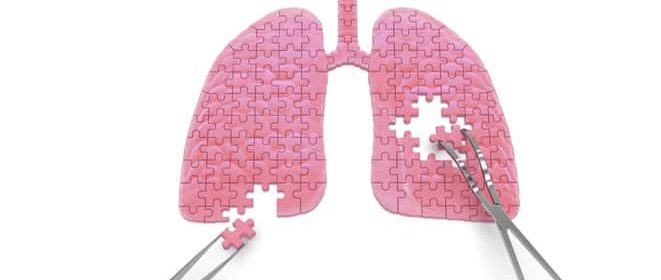This study states that Cerebral hyperperfusion (CH) is a rare but potentially devastating complication after carotid endarterectomies (CEAs). Its symptoms range from new-onset unilateral headache (HA) to intracranial hemorrhage (ICH). The patient’s length of stay is usually affected while waiting for symptom resolution on antihypertensive therapy. Risk factors of CH in the literature have not yet yielded a consensus. This study examined perioperative blood pressure variation, mode of CEA, clamp times, and other potential risk factors for CH. A single-center retrospective review at a tertiary care center from January 2010 to November 2019 was performed. Inclusion criteria were all patients undergoing CEA for symptomatic or asymptomatic carotid disease. Patients with incomplete charts were excluded. Primary end points were new-onset severe unilateral HA or postoperative ICH. Data on intraoperative and postoperative mean arterial pressure (MAP), systolic blood pressure (SBP), mode of endarterectomy, shunt placement, carotid artery clamp times, and contralateral carotid status were collected. There were 735 patients who met inclusion criteria; 430 patients underwent modified eversion CEA (59%) and 305 patients had conventional patch angioplasty (42%). The incidence of sustained ipsilateral HA was 19% (n = 142) in our cohort.
Reference link- https://www.jvascsurg.org/article/S0741-5214(20)31961-3/fulltext


